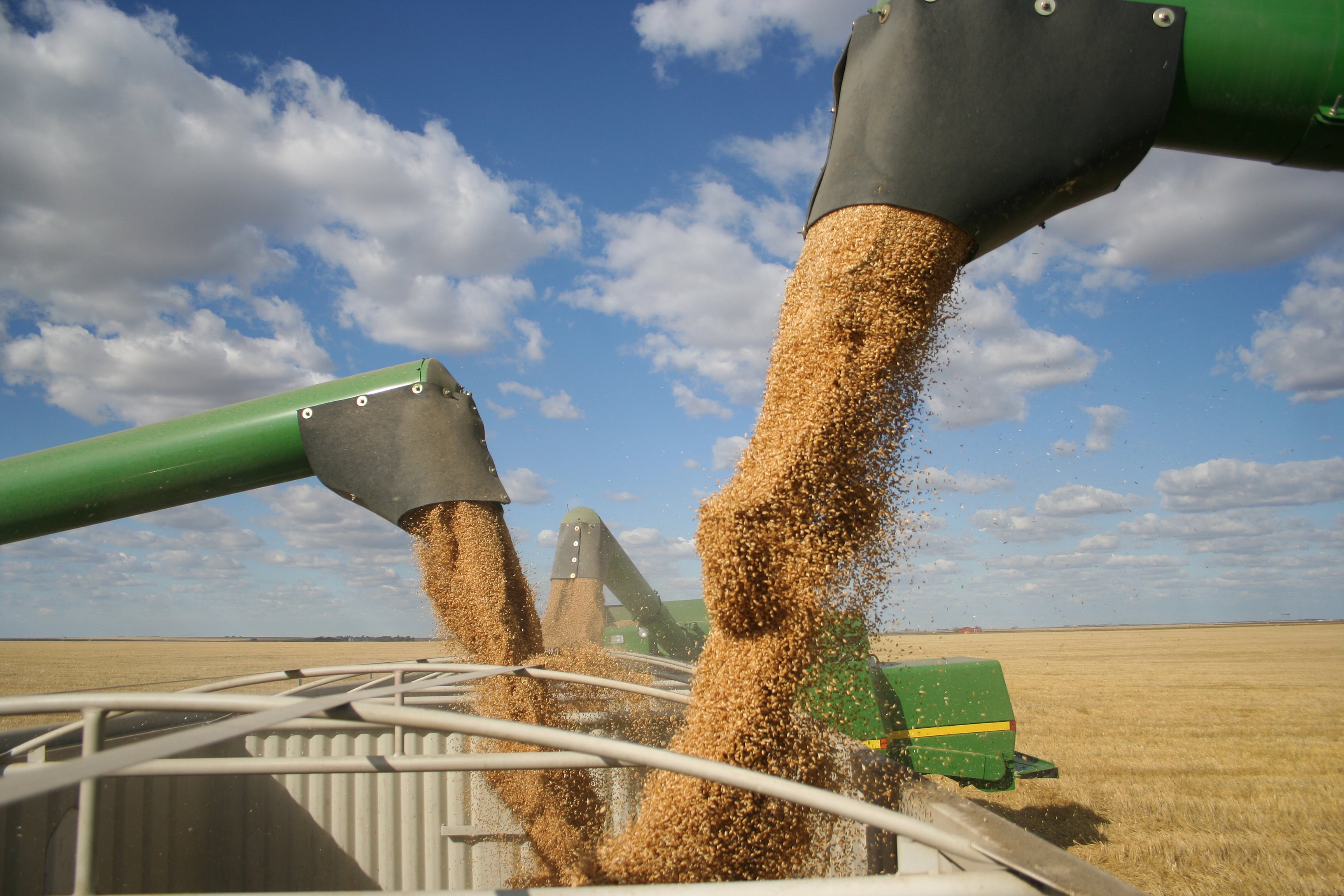When demand for flour surged early in the pandemic, King Arthur Baking Company found itself at the center of America’s sourdough-fueled baking boom. Shelves emptied. Orders spiked. But the shortage was not due to a lack of wheat. The real bottleneck was more operational: the company could not get sufficient milling capacity fast enough to meet the demand.
“It was very much 100% about our relationships that allowed us to get back on your grocery shelves,” during the early days of COVID, Janis Abbingsole, chief operating officer at King Arthur Baking, explained during a panel discussion at the Summer Fancy Food Show.
During an era of ongoing disruptions – from climate volatility and labor shortages to geopolitical upends – the 235-year-old baking company’s experience underscores a key lesson: supply chain resiliency is not just about having ingredients on hand, but about investing in relationships, planning ahead and maintaining internal alignment between operations, innovation and commercial goals.
Relationship capital is supply chain capital
Long-standing, trust-based relationships – not size or transactional contracts – are key to supply chain resiliency, meaning partnerships are essential to every bag of flour they produce. That became especially clear during the pandemic, when even well-resourced companies struggled to secure milling time. But for the brands that succeeded? Often, they were the ones who had built long-standing, trust-based relationships – not just transactional contracts, regardless of company size.
“You can be your supplier’s favorite partner, even when you are small,” said board member Jeff Grogg, managing director at JPG Resources. “It does not matter how big or small you are, you have to earn that relationship” to go beyond a “wholly transactional,” he added.
Small brands often assume they lack leverage, Grogg noted, but those with consistent communication, on-time payments and a sense of empathy can be top-priority partners, even in tight markets.
Innovating under pressure – and finding unexpected wins
With demand soaring and packaging lines stretched thin during the pandemic, King Arthur responded by creating a new 3-pound bag of flour to fit offer more product to consumers.
That innovation came from constraint, said John Henry Siedlecki, VP of brand and innovation for King Arthur.
“A really simple [innovation] was this, are there other ways to get more flour on shelf? And this is going to sound very revolutionary, there’s 2-pound bags, there’s 5-pound bags, but we invented the 3-pound bag of flour, and it used a different substrate. It was packed on different lines, and that enabled us to unlock a little bit of incremental growth during that time frame and utilize lines that were otherwise down,” he said.
The result? A new SKU that offered consumers more flexibility and helped the company maintain momentum during supply disruptions, Abbingsohl added.
Dual sourcing takes time: Start early
Despite being a legacy brand, King Arthur was not immune to the risk of over-relying on single sources. Six years ago, the company began a multi-year effort to identify and dual source the ingredients most critical to its formulations, such as xanthan gum.
“We picked the top five ingredients where there could be the most risk, and we went out and prioritized where we wanted to dual source, because you do not want to wait to that moment of crisis to then go have to find someone that matches the exact spec that you have in your products,” Abbingsole explained.
For smaller companies, full redundancy may not be financially viable. But Grogg emphasized that knowing who to call, and pre-qualifying an ingredient or co-manufacturer can buy precious time during a supply crisis.
Communication is the operating system
Both Siedlecki and Abbingsole emphasized the importance of strong internal communication between sales, marketing and operations.
During the pandemic, the company launched five to eight new products per year – including a line of savory baking mixes and a regenerative “climate blend” flour developed in partnership with the Washington State Bread Lab.
While innovation during uncertain times might sound reckless, Siedlecki said it was possible because of the trust and structure the team had built beforehand.
The company uses a sales and operations planning (S&OP) process to make sure everyone is aligned on what is possible, he added.
The regenerative flour project, for example, complicated the company’s supply chain for two and a half years by sourcing a blend of annual and perennial varietals of wheat and shipping to a specific stoneground mill.
“The original idea was a field planted with a variety of different grains that, depending upon the season, would flourish, because it had all these different grains that had different attributes. So, if it was really dry, certain varietals would grow stronger. And the idea was that ultimately all of these grains would be planted together,” Siedlecki explained.
The team supported it because they understood the mission and had the framework to manage it, Abbingsole said.
Know when to pause – and when to push
Not every brand needs to innovate during a stressful period, Grogg added. Sometimes, the best course is to double down on your core products.
“During a stressful period, it feels like it is not even always just selling, if you can firm up the business more – be it through selling or co-man relationships or things like that – invest in that,” Grogg said.
He added: “Innovate off of stability when you can. Innovating off of a winning base is always better if you can do it.”
For early-stage brands, that might mean prioritizing retail velocity, fixing cash flow or strengthening vendor relationships before launching something new. But once the foundation is secure, innovation becomes a way to grow products and resiliency, Abbingsole said.




